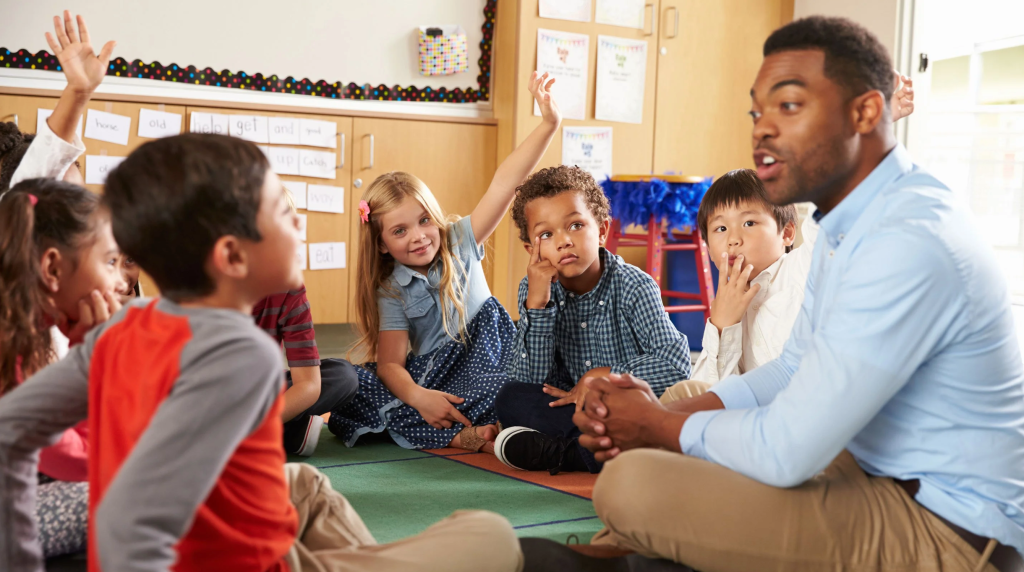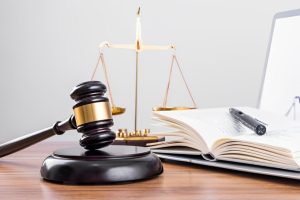Teaching Special Education: Essential Best Practices for Educators

Children with special needs encounter diverse learning challenges. And so understanding the best techniques for special education gives teachers an essential edge within the classroom. The causes of these obstacles vary just as much as the children who experience them.
Educators who deeply comprehend the best practices for teaching special education can respond adeptly. This response can help to sustain the student’s academic progress. Therefore, in this post, you’ll learn ways to achieve this in your classroom and more.
Table of Contents
Special Education Classroom Settings
The classroom settings for special education students with disabilities are diverse, depending on their individualized education plans (IEPs). They can attend self-contained classrooms, where a special education teacher provides specialized instruction for at least 80% of the school day.
Alternatively, they can attend resource classrooms, where a special education teacher delivers instruction for specific subjects, such as math and language arts. In contrast, a regular education teacher instructs other topics for 40% to 75% of the school day.
Another option for students with disabilities is inclusion, where they receive more than 80% of their education in a regular education classroom with the support of both special education and a regular education teacher.
The least restrictive environment (LRE) will dictate the location and timing of education services. Irrespective of the background, it is crucial for a teacher to provide instruction that accommodates the student’s learning needs in the classroom.
Best Practices For Teaching Special Education
Here are the best practices for teaching special education:
Monitor Each Student’s Progress
Special education students require extensive documentation to track their progress effectively. Teachers must keep track of every success and setback to identify trends to help create a positive learning environment for each student.
Sharing progress with students is also essential. You can provide positive feedback and motivate them to continue progressing. They can even present notes highlighting improvement areas in a positive light.
By documenting progress and sharing it with students, teachers can promote diversity, inclusion, and a supportive learning environment that celebrates everyone’s success, which helps students overcome challenges. This approach fosters a growth mindset that encourages students to continue working towards their goals and achieve academic and personal success.
Establishing a Positive, Safe Learning Environment
Establishing clear guidelines and boundaries in the classroom is essential as it sets the tone and expectations for student conduct. Here are some examples:
- Clearly explain to the students which deeds are unacceptable and which are unacceptable.
- Ensure that all students understand that the classroom rules apply equally to everyone.
- Highlight that you reward positive actions, unlike negative ones.
Creating a positive and rewarding learning environment motivates students to avoid misbehaving, knowing that disruptive conduct may lead to being removed from the classroom. By establishing guidelines and boundaries, teachers set students up for success and create a positive learning environment that encourages good behavior and academic achievement.
Identify and Address Negativity
Special education teachers are often the first to address students with behavioral problems. As such, they need to identify the triggers and promptly determine an appropriate response. In some cases, removing the trigger can be an effective solution to calm down the student. However, in other situations, the teacher may need to use a different stimulus to distract them so that they can refocus on the lesson.
Teachers must have the knowledge and confidence to handle these situations efficiently, allowing them to intervene effectively and prevent escalation. By being knowledgeable and prepared to handle these situations, special education teachers can create a positive learning environment for their students, promoting academic success and overall well-being.
Discover Student Strengths
As a teacher, it is crucial to identify each student’s strengths and weaknesses as soon as possible to create an effective learning plan tailored to their needs. Treating all students equally may result in only partial success.
Students have different learning styles and preferences. And so, teachers must recognize and accommodate these differences. For example, some students prefer to think out loud, while others need more time to contemplate their work. Similarly, some students may be reluctant to speak in front of the class, while others may enjoy it.
Unintentionally pushing a student into something that causes anxiety can lead to unwanted behavior in the classroom. By understanding each student’s strengths and weaknesses, teachers can create a positive learning environment that caters to their needs and supports their academic and personal growth.
Conclusion
Remember that teaching evolves, and what works for one teacher may not work for another. Therefore, teachers must continue to learn, grow, and adapt to the needs of their special education students. By embracing diversity and inclusion, sharing best practices, and continually seeking new ideas, they can provide the best education possible for their students.
Read Also: Student Code of Counduct in UAE




